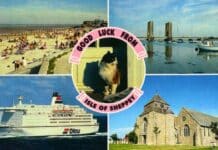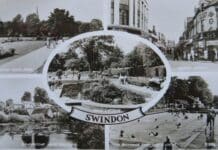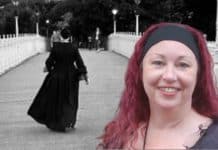Leeds is one of the top haunted places in the north of England, KAI ROBERTS takes us on a tour
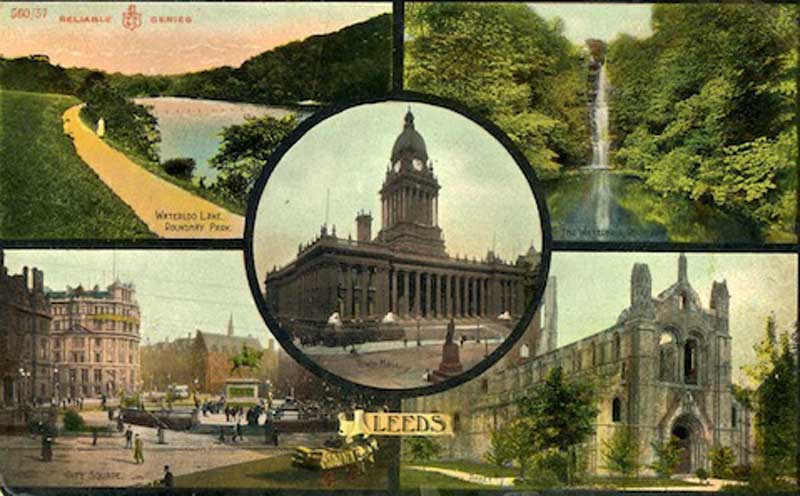
The Leeds Library, Commercial Street, Leeds
Not to be confused with Leeds Central Library, this private subscription library was founded in 1768 and is now the oldest surviving example in Britain. In 1884, the chief librarian, John MacAlister was working late one night.
It had reached 10:55pm and he was about to leave to catch the last train home, when at the end of a corridor leading from his office to the library he saw a face “pallid and hairless” with deep-set eyes.
He pursued the visage into the stacks where it seemed to detach itself from one of the bookshelves and shuffle off into a lavatory. This room subsequently proved to be empty with no obvious means of escape.
When MacAlister described his experience to another member of staff he was told that the description fitted his predecessor, Thomas Sternberg, who’d served as chief librarian from 1857 until his death in 1879.
City Varieties Music Hall, Swan Street, Leeds
One of Leeds’ most cherished live entertainment venues, City Varieties opened as Thornton’s New Music Hall and Fashionable Lounge in 1865, and has since become home to a veritable menagerie of phantoms.
There have been reports of a man in a bowler hat sat near the piano; a man wearing a First World War trench-coat; a disembodied pair of legs climbing the stairs; and a variety of poltergeist-type activity such as cold-spots, slamming doors, heavy breathing and invisible blows to the back. The most persistent phenomenon is a “white lady” apparition thought to be the ghost of a female vocalist who once performed at the music hall.
On one occasion, a TV producer was locked in the building overnight and slept in the dress-circle bar; he woke to find the room icily cold and the phantasmal figure of a woman in a crinoline dress staring at him. When he cried out, the shade vanished into thin air.
Abbey House Museum, Kirkstall
Although substantially altered over the years, Abbey House Museum was originally constructed in the 12th Century to serve as a gatehouse for Kirkstall Abbey, the picturesque ruins of which stand nearby.
When Abbey House was opened as a museum in 1927, it employed a live-in caretaker called Kate Hatfield and during the winter of 1929/30 she was regularly disturbed by the sound of a door on the first-floor opening and closing, followed by the swish of a cloak along the corridor. The phenomena occurred regularly between midnight and 2am, even when the door was bolted shut.
Then in 1944, Mrs. Hatfield’s niece and three of her friends reported seeing “a monk in a rough brown habit… (who) seemed to be very frightened”. The ghost was subsequently associated with John Ripley, the last Abbot of Kirkstall, who moved into Abbey House following the Dissolution of the Monasteries in 1539 and was later buried in its precincts.
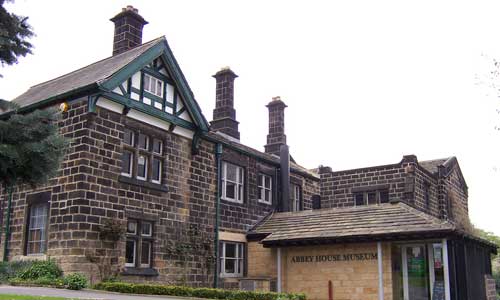
Leeds Crown Court, Oxford Row
Leeds Crown Court is not an especially venerable building: it was built in 1974 on the site of a fire-station which ironically burned down. However, several members of staff have reported seeing the ghost of an elderly, balding man within its walls.
On one occasion, a female security-guard, who has dubbed the apparition “Fred”, first saw clearly him walking along the corridor towards one of the courtrooms but when she followed him, she discovered the chamber to be empty and all the exits secured.
Another security guard saw a similar figure crouching in a corner of that same courtroom and was so unnerved by the experience that he refused to work alone in that part of the building again.
Curiously, the site on which the courts were built was the scene of an urban ghost panic in 1874 which saw great crowds assembling to catch a glimpse of the spectre—obstructing traffic and causing a general nuisance in the process.
The Swarthmore Centre, Woodhouse Square, Leeds
Founded by Quakers in 1909 to provide opportunities for lifelong learning to the local community, the Swarthmore Centre moved to its current home in Woodhouse Square in 1920.
Prior to that, however, one of the buildings had been the residence of Ellen Heaton, an artist, philanthropist and suffragette who numbered Christina Rossetti and John Ruskin amongst her friends. Her ghost has been seen at the Swarthmore Centre by staff and visitors over the years.
One woman reported that a lady in 19th Century attire had tapped her on the shoulder and beckoned her to follow, before disappearing down a passageway. When the witness was later shown a portrait of Ms. Heaton she immediately confirmed the identity of the ghost. Another spectre, this time dressed in the fashion of the 1920s, has also been seen in the building, although his identity remains unknown.
Kai Roberts is a folklore and forteana junkie with a particular interest in the South Pennines and the old West Yorkshire Riding. He has written several books on regional folklore which can be purchased here.



